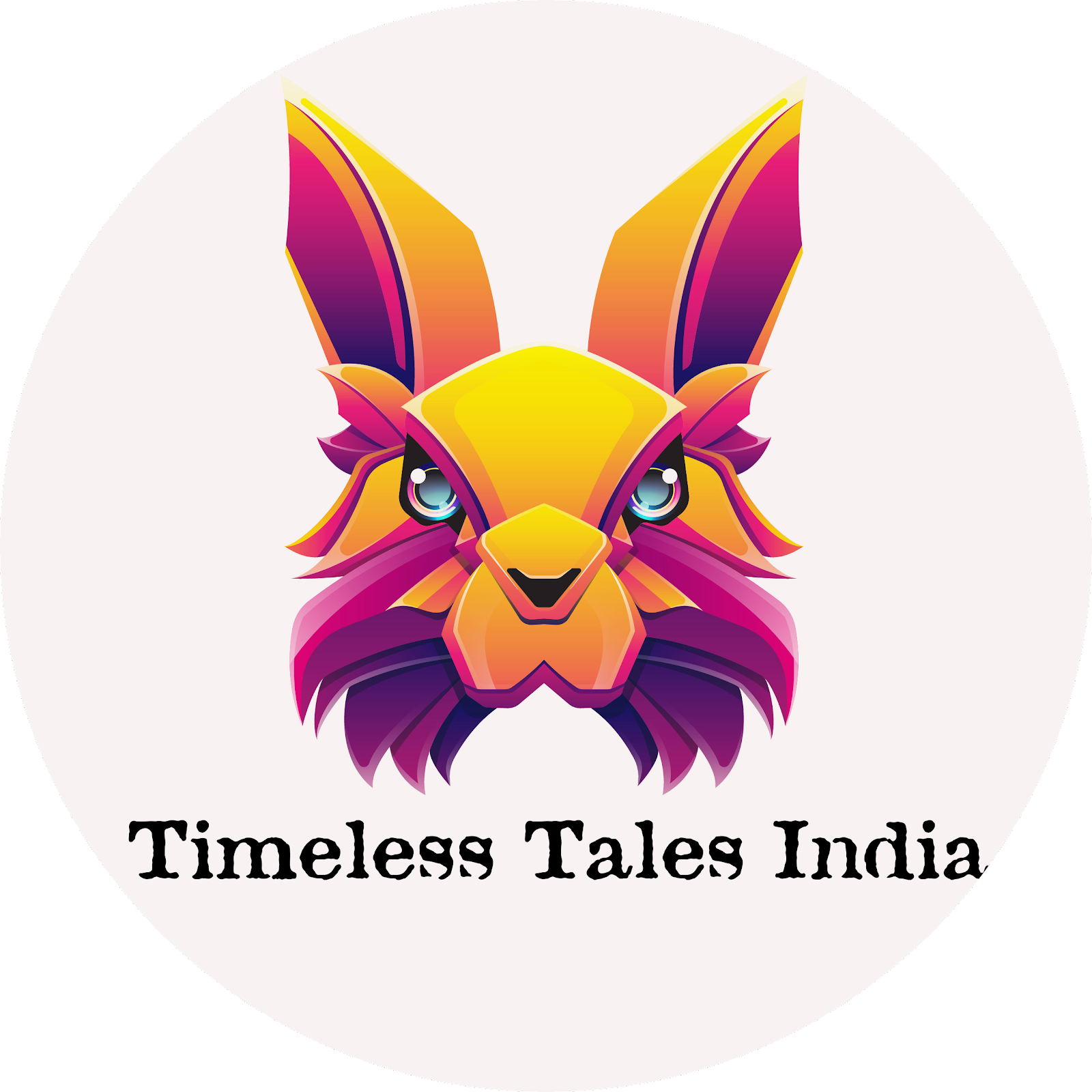The Rich and diverse tapestry of Hinduism encompasses a myriad of artistic expressions, with visual representations playing a significant role in communicating its profound spiritual concepts. Among the various art forms that have flourished within Hinduism, vintage lithograph art holds a special place. These lithographic prints, popularized during the 19th and early 20th centuries, not only captured the imagination of devotees but also served as powerful tools for disseminating religious iconography, mythology, and spiritual teachings.
Lithography, a printing technique invented in the late 18th century, revolutionized the world of art by enabling the mass production of images. This technology allowed artists and publishers to reproduce intricate illustrations and paintings on a large scale, making them accessible to a wider audience. In the context of Hinduism, lithographs became instrumental in visually narrating stories from Hindu mythology, depicting deities, and illustrating religious rituals.
The artistic quality of vintage lithograph prints varied widely, ranging from simple and modest representations to highly detailed and ornate works. Many of these lithographs were hand-colored, adding vibrant hues and intricate patterns to the original prints. These prints often featured gods and goddesses, celestial beings, mythological scenes, and important episodes from Hindu epics like the Ramayana and the Mahabharata. One of the notable aspects of vintage lithograph art in Hinduism is its ability to evoke a sense of divine presence and spiritual devotion.
The prints were not merely decorative; they were objects of veneration and served as focal points for worship. Hindu households and temples would often have framed lithographs prominently displayed, creating a sacred ambiance and inviting devotees to contemplate the divine. The lithographs played a crucial role in shaping the religious imagination of devotees. They allowed individuals to visualize and connect with the various forms and aspects of Hindu deities, fostering a personal and intimate relationship with the divine. Through these artworks, devotees could explore the nuances of Hindu mythology and symbolism, deepening their understanding of the intricate web of gods, goddesses, and celestial beings.
Ganga Presenting her son Devavrata (Future Bhisma) to his Father Santanu
Vintage lithograph art also served as a form of religious education, particularly for those who were unable to access Sanskrit texts or were not well-versed in the intricacies of Hindu mythology. The prints conveyed complex narratives and teachings in a visually accessible manner, making the stories and symbolism more relatable and comprehensible to a broader audience. They acted as visual aids, guiding individuals in their spiritual journey and providing a visual language through which they could explore the depths of Hindu philosophy.
In addition to their spiritual significance, vintage lithographs in Hinduism offer valuable insights into the socio-cultural milieu of their time. The prints often reflect the prevailing artistic styles and influences of the era, such as the fusion of Indian aesthetics with European techniques. They bear the imprints of skilled artists, publishers, and printers who made significant contributions to the development of this art form. Over time, as modern printing techniques and technologies emerged, the popularity of vintage lithograph art waned. However, these prints continue to hold immense cultural and historical value. They provide a window into a bygone era, offering glimpses of the artistic traditions, religious practices, and cultural sensibilities that shaped Hindu society.
Today, vintage lithograph prints are treasured collectors' items and sought-after artifacts for art enthusiasts, historians, and devotees alike. They serve as reminders of a vibrant artistic legacy and a visual testament to the enduring devotion and spiritual heritage of Hinduism.
In conclusion, vintage lithograph art in Hinduism represents a fascinating chapter in the visual history of the religion. These prints encapsulate the rich mythological narratives, intricate symbolism, and spiritual depth of Hinduism, while also reflecting the artistic and cultural influences of their time. As testaments to the enduring devotion and artistic expression within Hinduism, these lithographs continue to inspire awe, ignite imagination, and provide a gateway into the mystical realms of the divine.
Article by timelesstalesindia.com





